‘Chaotic’ USDA funding freeze stalls rural renewable projects
Thousands of farmers and a dozen rural electric cooperatives wait for news about billions in funds under Trump administration ‘review’
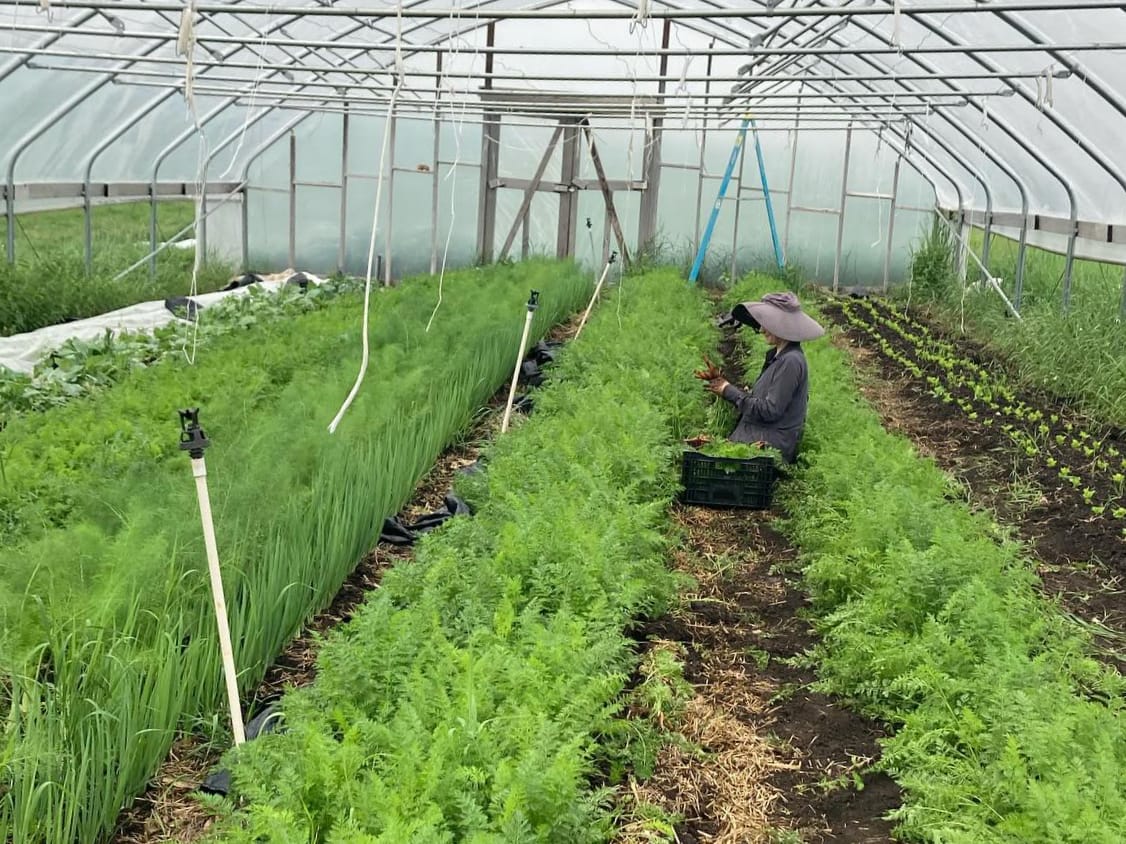
Published by Wisconsin Watch, Investigate Midwest
The U.S. Department of Agriculture announced late Friday afternoon that some of its programs funding renewable energy projects are “operating as normal,” but left open the question of whether billions more in loans and grants promised to farmers, small rural businesses and electric cooperatives would be honored.
The day before, Agriculture Secretary Brooke Rollins had said the department would continue to review spending under the Biden administration’s sweeping climate law, the Inflation Reduction Act, “to ensure that programs are focused on supporting farmers and ranchers” and not “far-left climate programs.”
Among those waiting for clarity are Travis and Amy Forgues of western Wisconsin. About two years ago, the couple bought the Hidden Springs Creamery, an 80-acre sheep dairy nestled in the hills of Westby, Wisconsin. Twice a day they milk 300 sheep to make cheese, including a creamy feta that last year won second place in the American Cheese Society’s annual competition.
As part of their effort to modernize the farm, the Forgueses decided to install a solar array to power their operation. To offset the $134,000 cost of installation, they applied for a $56,000 Rural Energy for America Program (REAP) grant from the U.S. Department of Agriculture.
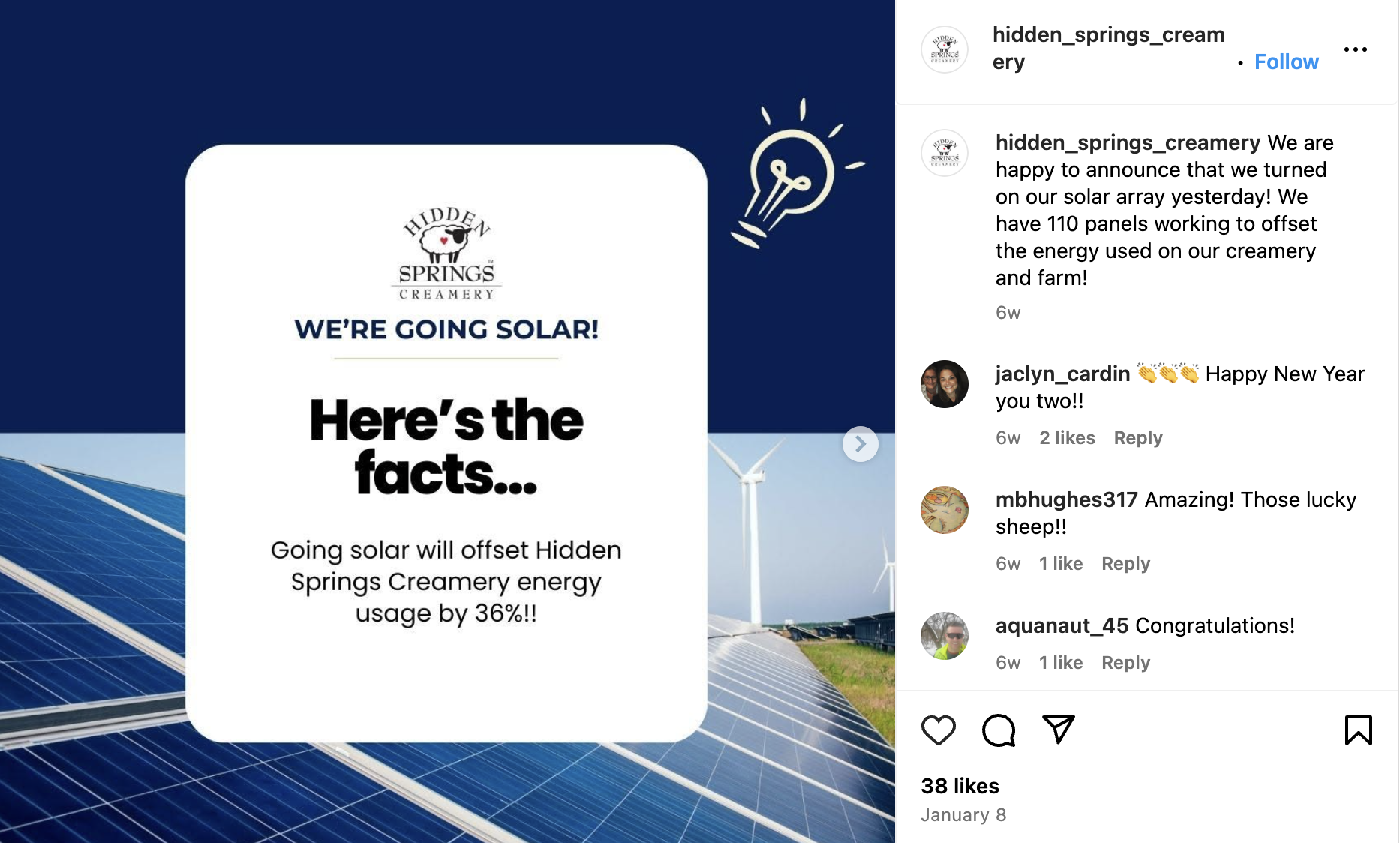
Last year, they got approved for the grant and built the solar array, never doubting that the USDA would pay once the project was completed, as outlined in the contract they signed with the feds.
But last week, the Forgueses said they received an email from the USDA saying the program had been paused, leaving them scrambling to figure out how to pay for the rest of their new solar array.
“You can't have people spend this kind of money and then just pull the rug from (them),” said Travis Forgues. “I didn't spend the money thinking maybe I'll get it back. I spent the money because we had a signed contract.”
The pause was the result of an executive order issued by President Donald Trump on his first day in office freezing hundreds of billions of dollars for renewable energy — including the REAP program. At least 7,500 farms and rural businesses across the country have received REAP grants from the USDA since 2023, according to a Floodlight analysis of USDA grant data.
On Friday, a USDA spokesperson said some funding for the REAP program would operate as normal, but only if it came through the Farm Bill. That apparently won’t help the Forgueses or potentially thousands of other farmers like them who had more than 25% of their project paid for by the USDA. That’s the cutoff point where funding from the Farm Bill stopped and funding from the Inflation Reduction Act started.
Since 2023, when Inflation Reduction Act funding became available, the USDA has given or loaned approximately $21.3 billion through programs that could be used to support renewable energy in rural areas, according to a Floodlight analysis of agency data. The legality of the continued freeze in federal funding remains unclear.
On Friday, a federal judge in Rhode Island kept in place a temporary restraining order from Jan. 31 that ordered the Trump administration to stop withholding federal funds appropriated by Congress. Attorneys general from 22 states and the District of Columbia, led by New York, argued that the broad funding freeze violated the separation of powers and several other laws.
The lone attorney representing the Trump administration argued that the agencies were exercising their lawful discretion.
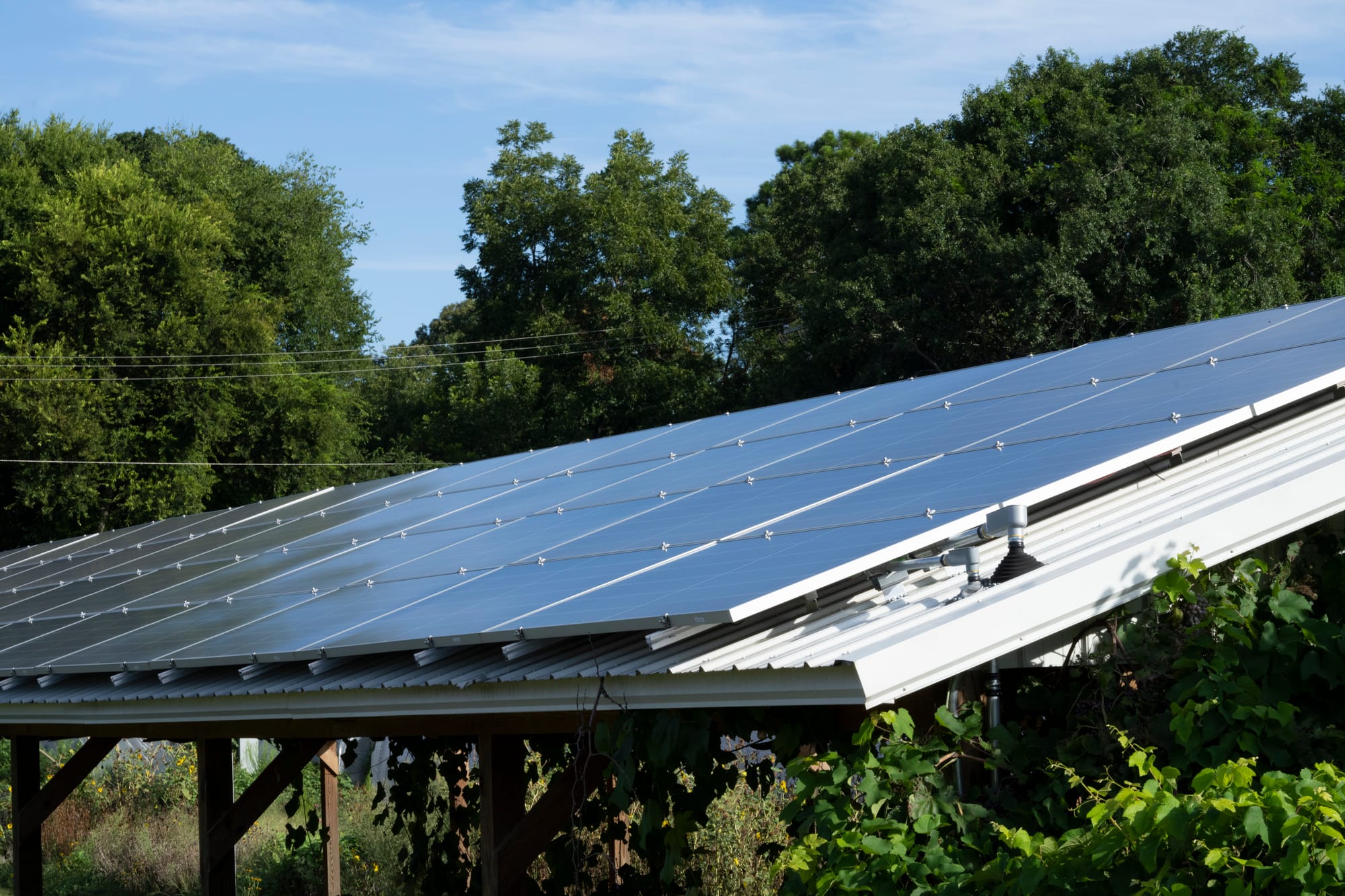
Rural electric companies also hit
Some programs, like REAP, go directly to farmers looking to place solar panels or wind turbines on their land. Others, like the New Era program, help rural electric cooperatives build renewable energy to lower members’ monthly bills. New Era was not among the programs cited by the USDA spokesperson as operating as normal.
The Yampa Valley Electric Association, which serves Steamboat Springs, Colorado, and parts of Wyoming, expected to get $50 million from the USDA’s New Era program, according to Carly Davidson, the co-op’s public relations specialist.
New Era is the USDA program dedicated solely to renewables that has allocated the most money, more than $4.3 billion in grants since 2023, according to a Floodlight analysis.
The Yampa Valley association was planning to use the money to purchase renewable energy to keep electricity costs low for their members, Davidson wrote in a statement. The project is still in the planning stages, but it would provide both solar generation and battery storage, according to Yampa Valley Electric.
Connexus Energy, Minnesota’s largest consumer-owned electric cooperative, was hoping to use its $170 million in New Era grants to build out its renewable generation portfolio, spokesperson Stacy Downs said. The co-op, which serves over 146,000 customers, still hopes the funds will come through so it can add solar, wind and hydropower, as well as battery storage, Downs said, adding, “We’re still hoping to be receiving them.”
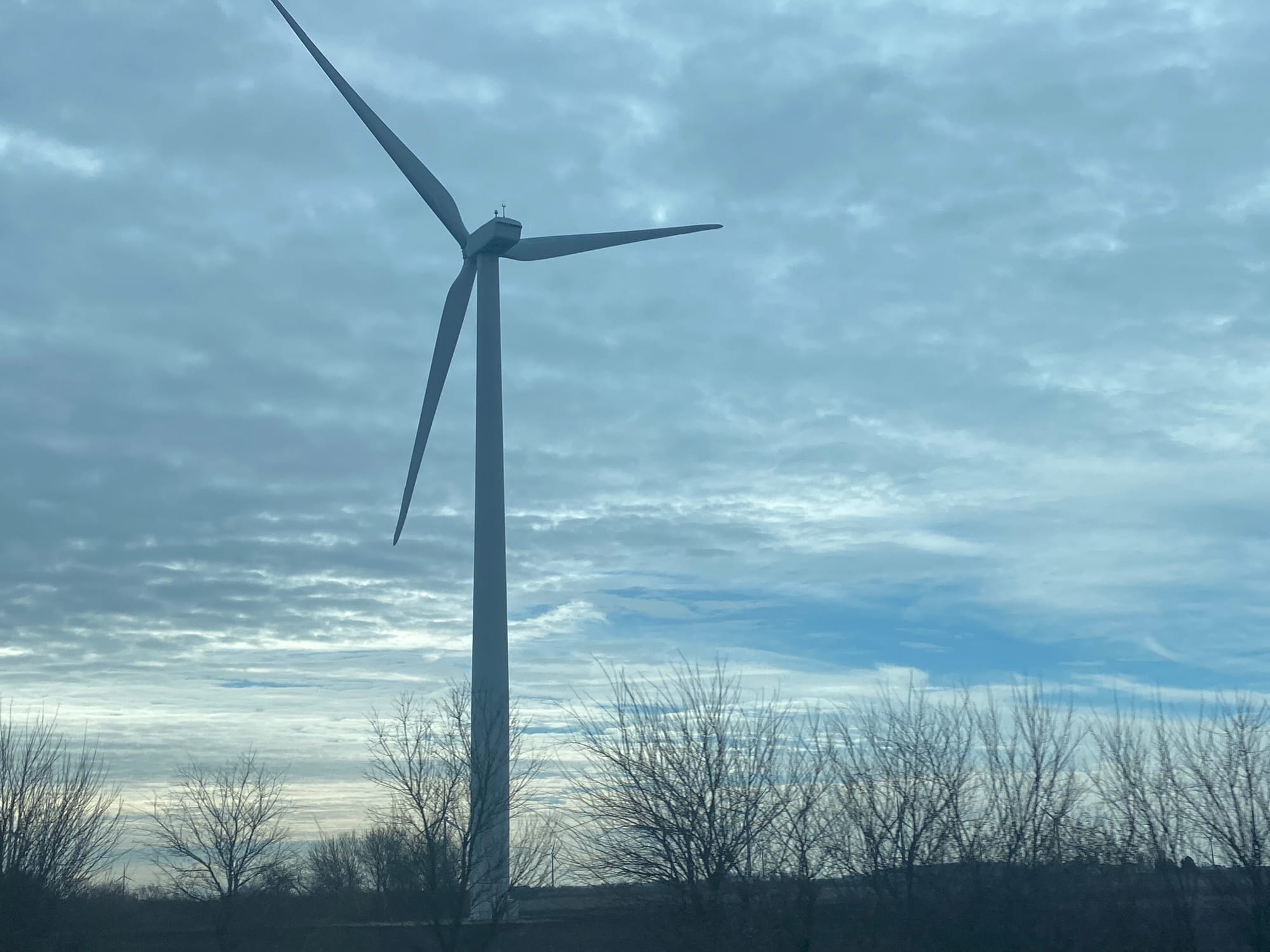
Electric infrastructure program intact
The largest USDA energy program, the Electric Infrastructure Loan and Loan Guarantee Program, offers money to rural co-ops, which use it to expand or upgrade their power grids with new transmission lines and smart-grid technology. That program, which allows for the connection of more renewables, has loaned out $12 billion since 2023.
On Friday, a USDA spokesperson stated that the program was operating as normal, along with four other USDA programs that could potentially be used to reduce carbon emissions: Rural Energy Savings Program; REAP Program with funding appropriated through the Farm Bill; Guaranteed Underwriter Program and High Energy Cost Grants.
“These freezes seem to be intentionally chaotic and unclear,” said Hannah Smith-Brubaker, executive director of Pasa Sustainable Agriculture, a nonprofit that helps farmers adopt sustainable practices and which also receives money from the USDA.
“We are fielding calls every day from farmers who are mid-project, and their contractor wants to know when they're going to be paid.”
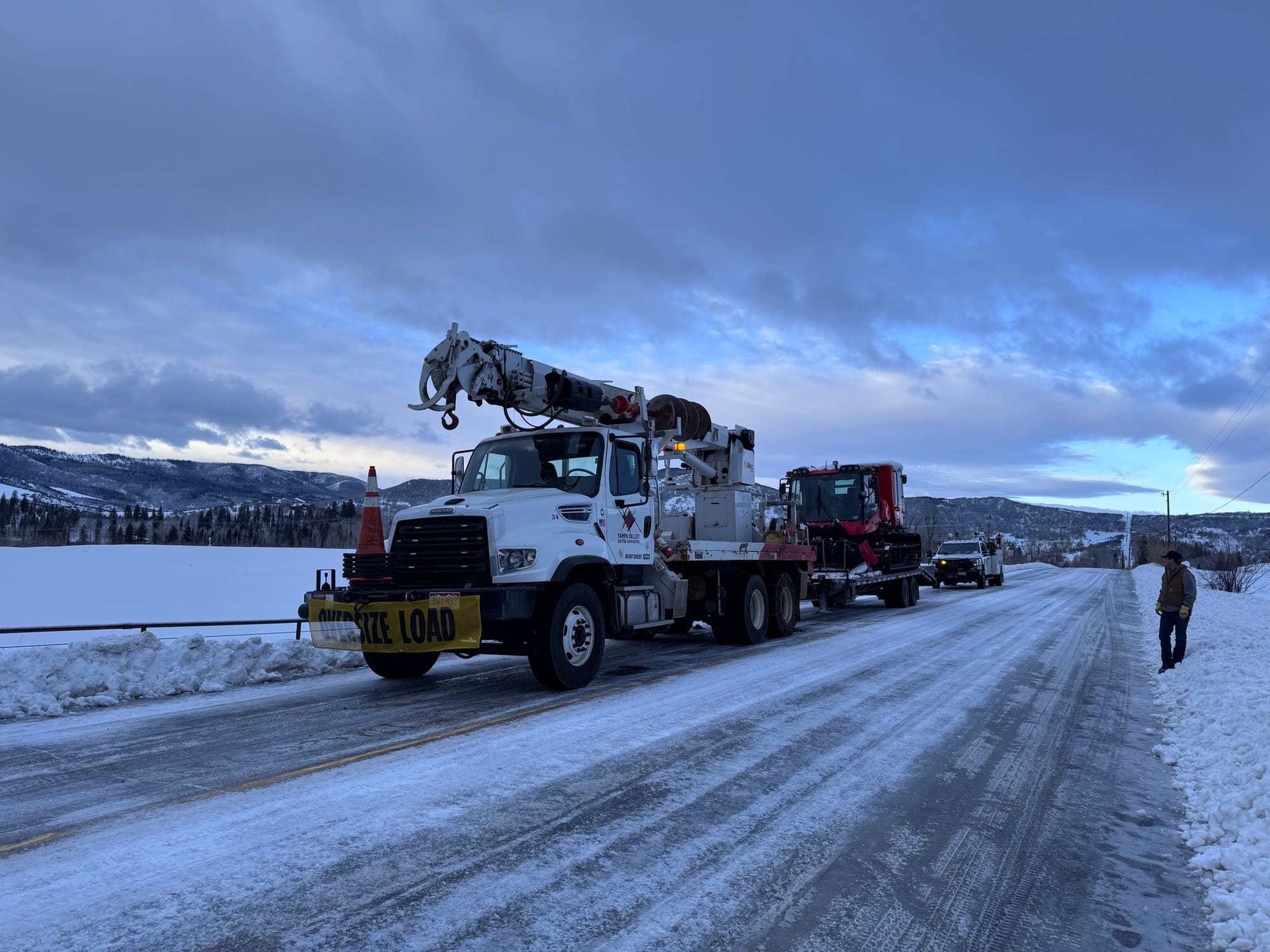
Rural businesses, farmers, still waiting
Patrick Hagar, co-owner of Squashington Farm near Mount Horeb, Wisconsin, is feeling that uncertainty. Hagar and his wife purchased a 20-acre farm three years ago in southern Wisconsin, where they grow organic produce.
Last fall, they put money down to purchase a solar array that will end up costing them $50,000, he said. They were promised $15,000 back from the USDA through a REAP grant. “The vast majority of the fossil fuel energy and carbon outputs are being put forth by a small (group) of really wealthy businesses,” Hagar said.
“I don't think that absolves small farms and small businesses from trying to do what they can.”
But, he added, “It's frustrating to have a signed contract for something, and feel like, you know, you live in a country where a signed contract doesn't mean what a signed contract has always meant.”
And it’s not just farmers affected by the freeze. Small rural business owners who qualify for various USDA renewable grants and loans are also waiting to see what happens with USDA’s review of funding — money the agency has already agreed to pay.
Atul Patel, owner of the Holiday Inn in Frackville, Pennsylvania, planned to install a solar system on his hotel costing just over $360,000.
“We would like to be energy independent,” Patel said. “In this area, the lights flicker a lot.”
Patel said he put 20% down on the project, and was planning to finish the installation once the weather improved in the spring.
He added, “Our fingers are crossed.”
Floodlight is a nonprofit newsroom that investigates the powerful interests stalling climate action.


